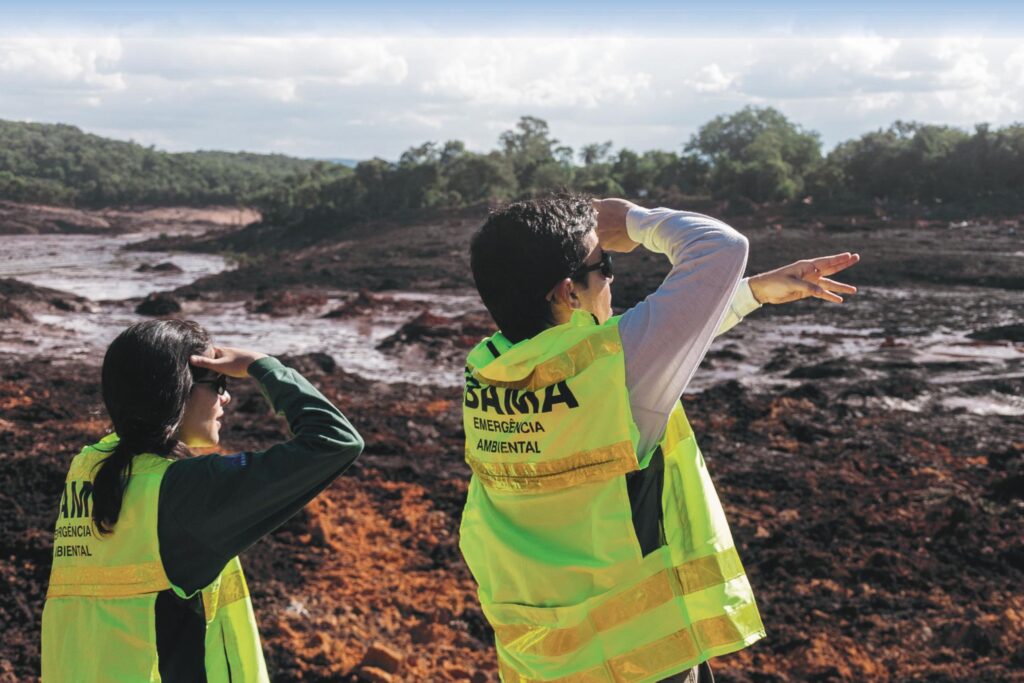Together with SkeenaWild Conservation Trust, we have produced an interactive online map of tailings facilities in B.C. The map provides communities with critical information about the risks posed by billions of cubic metres of toxic wet mine waste, called tailings, stored behind some of the highest dams in the world.







